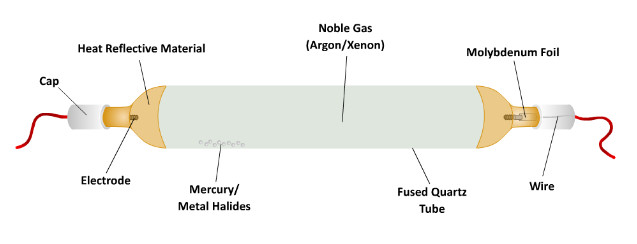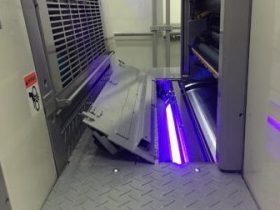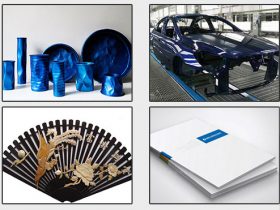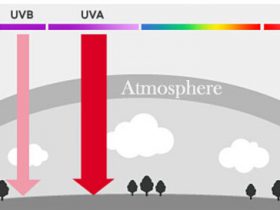A medium pressure mercury vapor UV lamp consists of a sealed quartz tube that contains a small amount of mercury, a specific gas and an electrode with wire leads at both ends of the lamp. When high electrical current is applied to each electrode, the gas inside the quartz tube heats up and vaporizes the mercury in to a plasma state to form an electrical arc. The electrical arc emits very intense UV, visible and infrared energy.

The Basics Of A UV Lamp
The UV lamp is enclosed in an irradiator which includes a 19-point stepped ellipse high-gloss reflector to capture and redirect UV energy back to the substrate from the back and sides of the UV bulb. The quartz tube will run as hot as 2,500ᵒ F and must remain at a specific temperature so as not to overheat or overcool for optimum UV bulb operation and longevity. Employing a closed-loop, variable-speed exhaust blower with a precisely placed thermocouple wire creates an exact amount of airflow through the irradiator to maintain the target temperature of the UV Lamp.

Ideal Operating Temperatures
- Temperature >650 °C: metals/halides condense
- Temperature >850 °C: tube stability compromised
- Optimum Temperature:
- 700 °C for mercury lamps
- 800 °C for metal-halide lamps
If a lamp becomes swollen due to overheating, this will reduce the running voltage of the lamp. Swollen lamps will also not be effective at curing.







